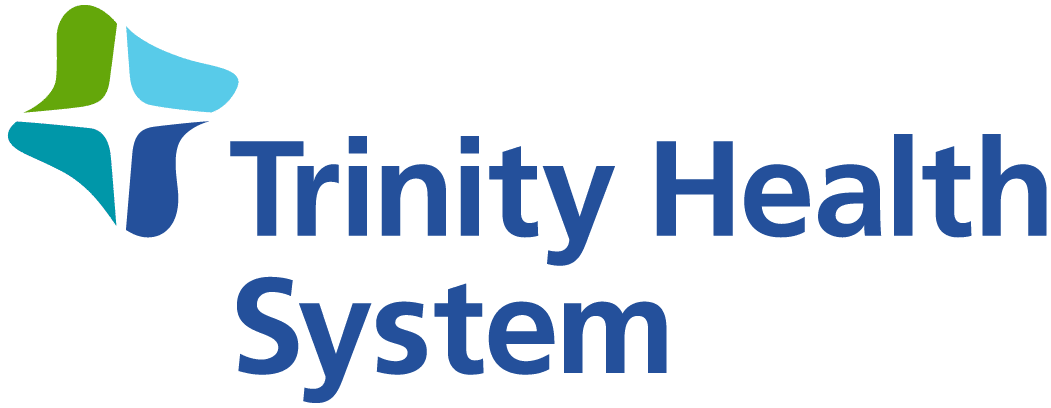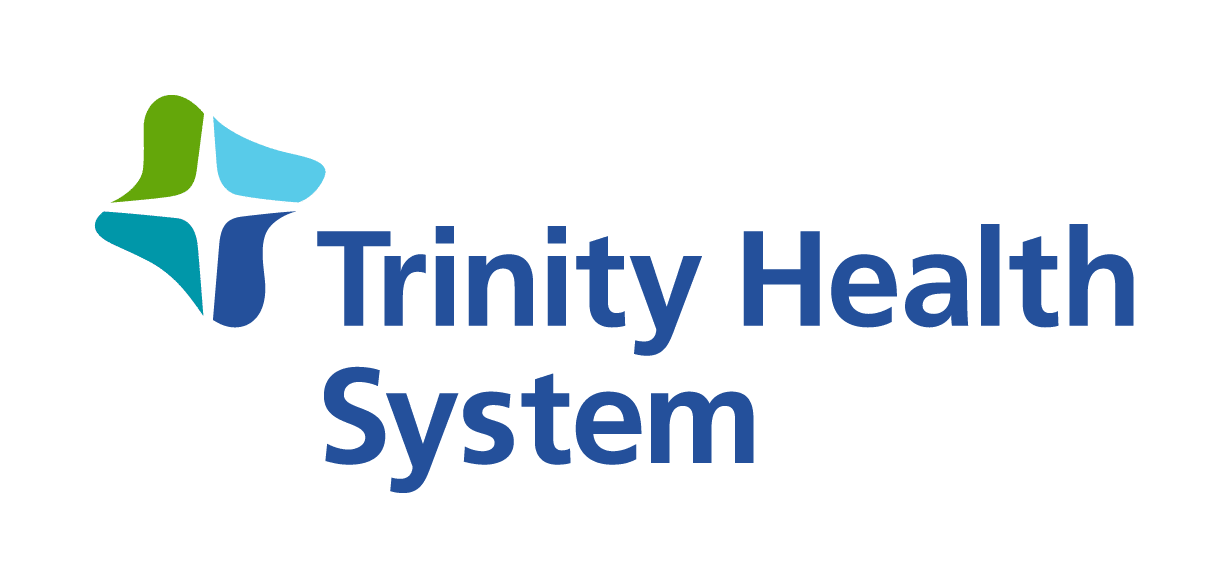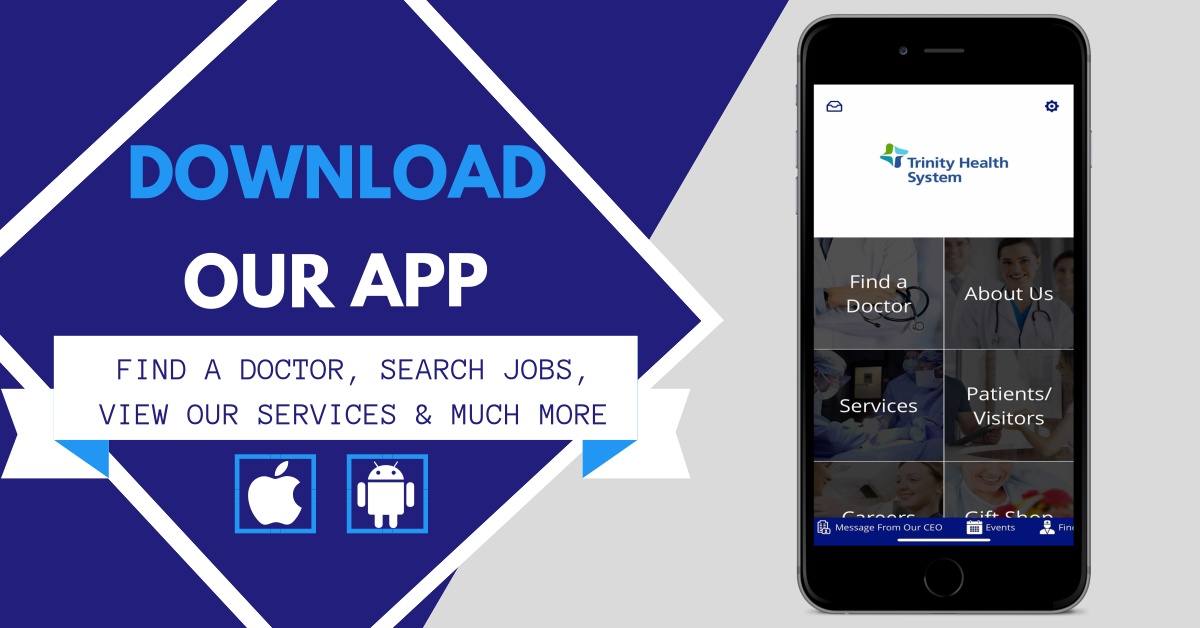Early detection improves the chances that breast cancer can be treated successfully.
A clinical breast exam by a health care professional should be a part of a woman’s regular physical checkup. During the exam, the doctor or nurse practitioner will talk with you about any potential symptoms, examine your breasts visually and check the condition of the skin, examine the nipples for any issues such as discharge, and then palpate or feel the deeper tissue of each breast, as well as the armpit area.
Breast self-examination is another way to discover abnormalities. The American College of Obstetricians and Gynecologists says you should know what is normal for your breasts. If you feel any abnormalities in your breasts, or if there are any changes, see your health care provider as soon as possible. But don’t panic; keep in mind that most lumps in the breast are not cancer, although any lump should always be examined by a qualified physician at once.
Our Breast Cancer Risk Assessment can help you learn more about your own risk factors based on guidelines from the National Cancer Institute. Simply click on the link for the Breast Cancer Risk Assessment form. Fill it out online to learn more about how specific things affect the risk of developing breast cancer. You may want to print out the completed form and share it with your doctor. When you’re done, close the form window, and continue reading. Any information you enter will not be saved. This is to protect your privacy.



